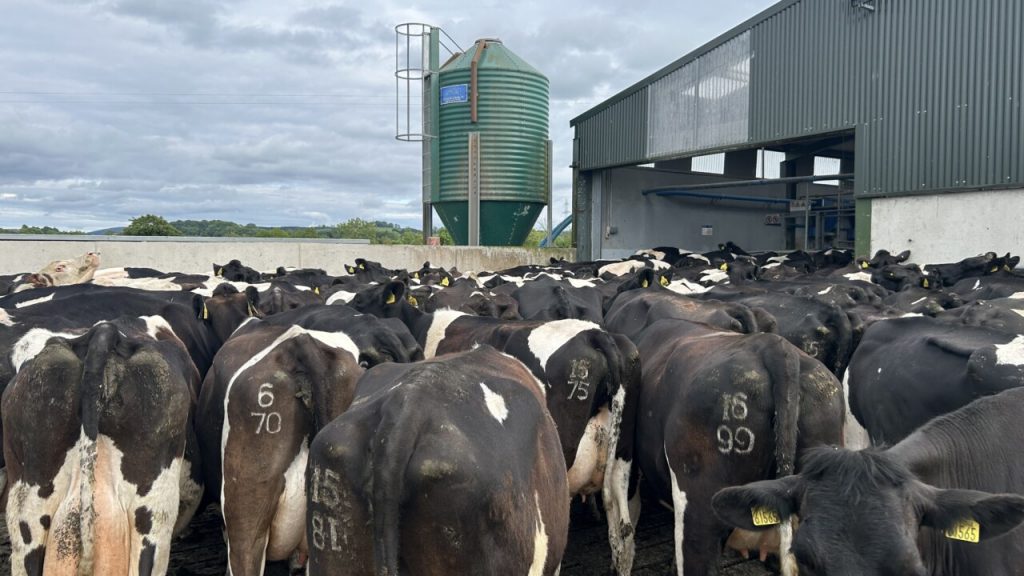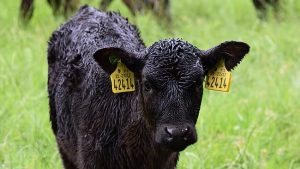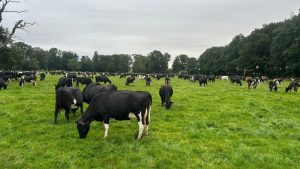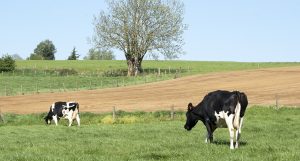
Over the course of the last couple of months, many farmers have encountered various problems as a result of poor weather conditions, which in turn has put a cash flow strain on farms.
Last winter was a tough time for the majority of farmers as cattle were housed for a lot longer than expected, which meant that silage ran tight on most farms in the country.
The expense and costs grew, as when cows eventually got out to grazing, the cold and wet spring slowed down grass growth rates, which meant cow energy intake was low, hindering peak milk supply.
This affected cash flow drastically as cows had to be supplemented with extra silage or meal throughout the spring to maintain production.
When grass growth improved, extra supplementation was still required, as the quality of grass was poor due to the substandard residuals, poaching, and paddocks that could not be accessed during the spring.
The last couple of months have been all about just doing your utmost best with the conditions in front of you, but it has no doubt, put a serious cost on production.
Calculating cash flow
The starting point involves calculating your cash in hand and see what is owed to you. Then add all the money that you owe, on overdraft, merchant credits, bank payments, etc.
The difficulty for some farmers, is establishing when they can pay back the money and when they will have surpluses of cash above their payments each month.
It can be stressful handling creditors, so farmers should calculate their cumulative net cash per month and divide by the number of cows.
This will give the farmer a guide on the cash position of the farm each month on a per cow basis.
The head of dairy knowledge transfer department, Dr. Joe Patton, has stated that in a normal year, it takes €300 to €400/cow working capital to manage the spring cash requirements.
This money can be carried by merchant credit, overdraft, or in some scenarios, farmers could have had some some cash in the system from the start of the year.
According to Teagasc, it will be the second half of the year before the farm will be in a positive net cash flow status and have provided a cumulative net cash/cow for the year chart depicting it.
The following chart is important for the timing of creditor repayment, as follows:
It is vital to identify your situation early as you may find yourself in a position whereby you have a lot of short-term creditors due to the bad weather and performances this spring.
Options are available to address this, for example, interest-only payments or retrospective finance of capital expenditure that was completed using cash over the last number of years.
By using these options, you will ease the cash pressure on the farm and allow the farm to ease back into cash position earlier.
It may be beneficial to sit down with your accountant or advisor to discuss you cash flow position and to see when it is appropriate to pay creditors.
You can now read the most important #news on #eDairyNews #Whatsapp channels!!!
🇺🇸 eDairy News INGLÊS: https://whatsapp.com/channel/0029VaKsjzGDTkJyIN6hcP1K


























